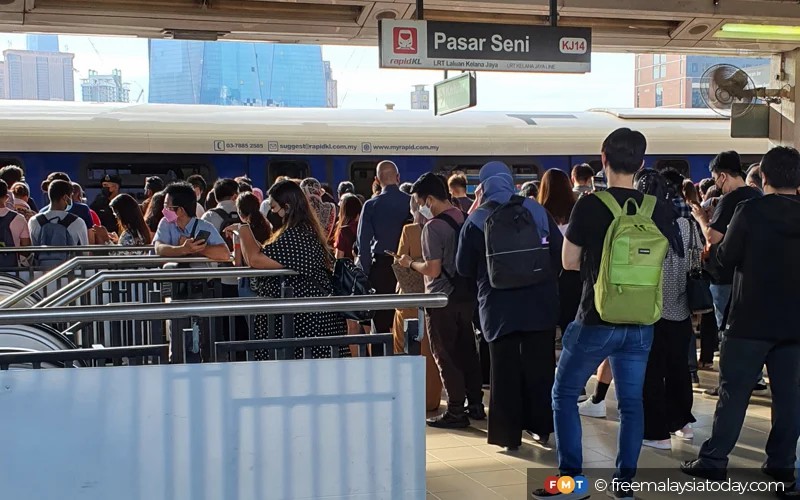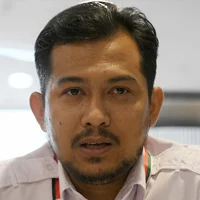
PETALING JAYA: Two experts claim that faults in the public transport system may have driven last year’s increase in the sale of private vehicles.
They said lack of accessibility and weak coordination were indicative of poor planning in the system.
Transport consultant Rosli Azad Khan noted that rail services like LRT, MRT and KTM were available only in the Klang Valley and only for specific corridors.

“This is why people prefer to buy cars despite the cost,” he told FMT.
Last month, the Malaysian Automotive Association said 720,658 vehicles were sold in 2022, an increase of 41.6% from 2021.
Rosli alleged that the Land Public Transport Agency (APAD) was weak in public transport planning, saying the agency was out of touch with the needs of the public.
“Local authorities should be responsible for public transport planning for cities outside the Klang Valley as they would be aware of the demand in their respective areas,” he said.
“APAD does not have the capability or the expertise to undertake individual studies for these areas.”
Wan Agyl Hassan, a former head of policy and planning at the Land Public Transport Commission, which predated APAD, said public transport planning in Malaysia suffered from a lack of coordination and integration among the various modes of transportation.
He cited the lack of connecting stations for MRT, LRT and KTM rail services.

“There’s a notable lack of coordination in connecting MRT stations with LRT and KTM,” he said. “This is due to bad design and a disregard for the requirements of pedestrians, such as walkways and sidewalks.”
He called for improvements to the infrastructure and also for policies and programmes to encourage the use of public transport, such as the provision of fare subsidies, the enforcement of congestion charges or road pricing, and the encouragement of walking and cycling.
Wan Agyl said easy solutions to car dependency would include providing affordable and accessible options and encouraging alternative modes of transport.
“To prevent these problems from recurring in the future, a comprehensive plan for public transport must be developed, taking into account the requirements and preferences of all users, including senior citizens, the disabled and families living on a budget,” he said.
He said this plan could include dedicated bus lanes, real-time schedule information, park and ride facilities and pedestrian-friendly infrastructure.
He also said it was essential for the general public to be included in the planning process to guarantee the fulfilment of everyone’s needs. - FMT



No comments:
Post a Comment
Note: Only a member of this blog may post a comment.